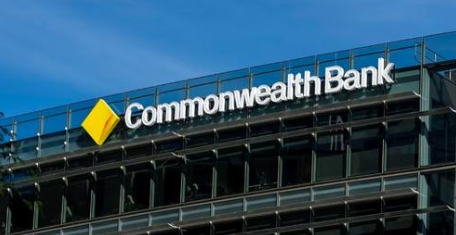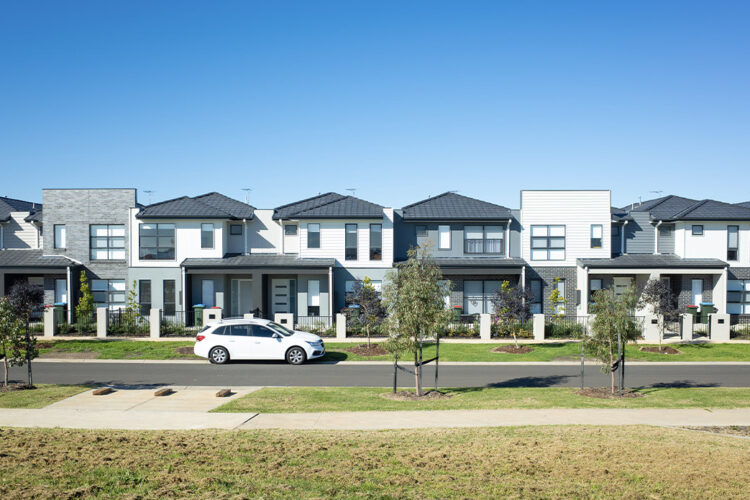Costs rose by the highest annual rate since the introduction of the GST with little reprieve expected for the construction industry and consumers, the property research house said.
CoreLogic’s Cordell Construction Cost Index (CCCI) for the third quarter of 2022 showed that national residential construction costs surged by 11 per cent over the 12 months to September 2022 — the highest on record excluding the September 2000 quarter when the introduction of the GST impacted costs.
The rise in costs also exceeded the 10 per cent annual increase recorded over the 12 months ending June 2022, while the quarterly figure of 4.7 per cent was higher than the previously quarterly rise of 2.4 per cent.
The most recent quarter’s figure also surpassed the 3.8 per cent surge recorded over the September 2021 quarter when lockdowns were having a more material impact on domestic supply chains.
Annually, costs have increased by 10.3 per cent, the data showed.
Across the states, Queensland saw the sharpest quarterly increase of 5.8 per cent in construction costs, while Victoria recorded the highest annual rise in costs of 12.3 per cent and the second-highest quarterly increase of 5.6 per cent.
NSW’s 4 per cent rise in construction costs over the September 2022 quarter was its largest quarterly increase on record (excluding the September 2000 quarter when the GST was introduced). Annually, costs have risen by 10.3 per cent.
The quarterly index change ranged from a low of 3.3 per cent in Western Australia and 3.8 per cent in South Australia.
CoreLogic Construction cost estimation manager John Bennett attributed the rise in construction costs to increasing cost of raw materials, labour, and fuel (while offsetting a stabilisation in sea freight prices), which is continuing to place upward pressure on residential construction costs.
“We’re also seeing this flow into other sectors,” he said.
“We’re seeing a large increase in waste disposal fees across most states and volatility in professional fees and services, with Victoria and Queensland showing the highest cost increases.”
The industry is facing many other significant challenges each quarter as suppliers have dealt with the impact of rising fuel, freight, and electricity to their bottom lines for more than 18 months.
“A shortage of labour and more expensive overheads continue to have a bearing on the industry and its impact on the residential construction industry has not been lost with ongoing delays to completion times and a blow out to builders holding costs during a period of market change,” Mr Bennett said.
According to Mr Bennett, costs were increasing across timber and metal materials, which was affecting framing and reinforcing, and wall linings including plasterboard and fibre cement — the likes of which had previously been stable.
“In particular, we are recording significant volatility in pre-fabricated framing and the range of products affected by higher building material costs is only growing, with many suppliers having little choice but to pass on price increases,” he said.
“It will cost you more to get into your house too, with the price of doors showing a sharp rise in the last quarter.”
Expect expected costs, delays, consumers told
CoreLogic research director Tim Lawless said that while the rising cost of construction was not new, the persistent increase in costs would continue to have a significant impact nationally.
“This is an industry facing tough workload pressures against a backdrop of low labour supply, material shortages, rising interest rates, and inflationary pressures,” Mr Lawless said.
“This new high in the cost of construction flows through to margins, unexpected costs for consumers, and potentially lengthy delays to home owners who are waiting on the sidelines — often in rental or short-term accommodation — for the completion or possibly the start of their project.
“We also forget the impact to existing home owners and the insurance industry as they struggle to reassess existing policies in a timely manner to make sure they are adequately covered in the event they need to make a claim.”
Construction industry to continue feeling the pain
There will be little reprieve for the construction industry from the challenges in the short-to-medium-term amid ongoing labour shortages and supply issues, Mr Lawless warned.
“The backlog of construction approved during COVID-19 is still being worked through and on top of that is the rebuild and repair work following this year’s major weather events, with more forecast this month. The demand and pressure for construction materials and trades is expected to continue,” he said.
“There’s no quick solution for providing additional materials and fuel costs remain elevated. All of these factors have an impact and are likely to push building costs higher for some time yet. Persistently high construction costs are clearly adding to inflationary pressures as well, with the price of new dwellings one of the most significant contributors to the June quarter inflation reading.”
If you’re looking to refinance for a better rate or are looking for the right rate for your clients at zero cost, contact Finni mortgages experts and let us do the hard work for you.
Visit our website here or call 1300 002 023 to learn more on how we can help you.


